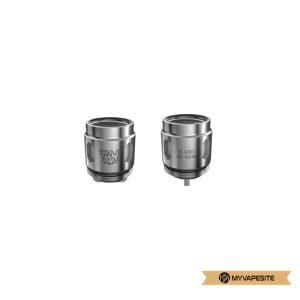In recent years, the e-cigarette industry has developed rapidly worldwide. With the market expansion, however, there are also health concerns, the protection of young people and environmental issues increasingly focused on. In the year 2025 is the regulation of e-cigarettes on the political agenda of many countries, Which leads to profound changes in the industry. This article offers a comprehensive overview of the global regulatory trends and analyzes the effects on industry and consumers.
1. Global regulatory landscape
1.1 European Union
The EU pursues a comparatively strict regulatory policy for e-cigarettes. According to the tobacco product directive (TPD) Products are subject to restrictions on nicotine strengths, Tank volume and packaging marking. For 2025 is discussed in a standardization of taxation, and disposable E cigarettes should be regulated more, To reduce environmental pollution from plastic waste.
1.2 United States
The US Food and Drug Administration (FDA) continues to focus on admission before the market launch (PMTA) and compliance with product requirements. 2025 many flavors are prohibited, Advertising measures strictly restricted and additional state taxes lead to higher sales prices.
1.3 China
China as the largest producer and exporter of e-cigarettes has regulated the industry heavily in recent years. Since the e-cigarettes were integrated into the tobacco monopoly system, Products must meet certain standards, Flavors are restricted, and the sale is subject to a registration obligation. 2025 the export controls are further tightened, What global supply chains influences.
1.4 More countries
- Great Britain: E-cigarettes are still considered to be less harmful to tobacco cigarettes, The sale to young people is strictly controlled.
- If, Thailand: Partially still prohibited or severely restricted.
- Australia: Nicotine-containing e-cigarettes only available on a prescription, Non -bond purchases are illegal.
2. Regulatory trends 2025
- Stricter conditions: Many countries limit flavors, Advertising and sales, To protect young people.
- Tax adjustment: E-cigarettes are increasingly taxed as tobacco products.
- standardization: Quality, Identification and transparency of the ingredients are tightened.
- Regional differences: While Europe and North America pursue a "regulation plus damage minimization" strategy, many Asian countries rely on strict bans.
3. Effects on industry and consumers
- Industry:
- Higher compliance costs increase the pressure on small companies.
- Large brands can better meet regulatory requirements.
- Innovations shift towards nicotine -free, Sustainable and smart devices.
- consumer:
- Fewer taste options, Especially fruits- and candy flavors.
- Prices rise through taxes and compliance costs.
- Health- and environmentally friendly products are becoming more important.
4. outlook
2025 the regulation of e-cigarettes shows a clear trend: The industry is standardized and regulated worldwide. Regional differences remain, But the general focus is on Security, Environmental protection and transparency. In the future, topics such as recycling and biodegradable materials could come into focus more. At the same time, technical innovations open, Like controlled nicotine delivery and smart monitoring, new opportunities.
2025 the regulation of e-cigarettes shows a clear trend: The industry is standardized and regulated worldwide. Regional differences remain, But the general focus is on Security, Environmental protection and transparency. In the future, topics such as recycling and biodegradable materials could come into focus more. At the same time, technical innovations open, Like controlled nicotine delivery and smart monitoring, new opportunities.
Overall, the regulatory landscape brings 2025 both challenges and opportunities for the industry. Companies must focus on compliance and innovation, While consumers benefit from a safer and more transparent steam experience. In this way, the e-cigarette industry moves to a new development path in an increasingly regulated environment.































